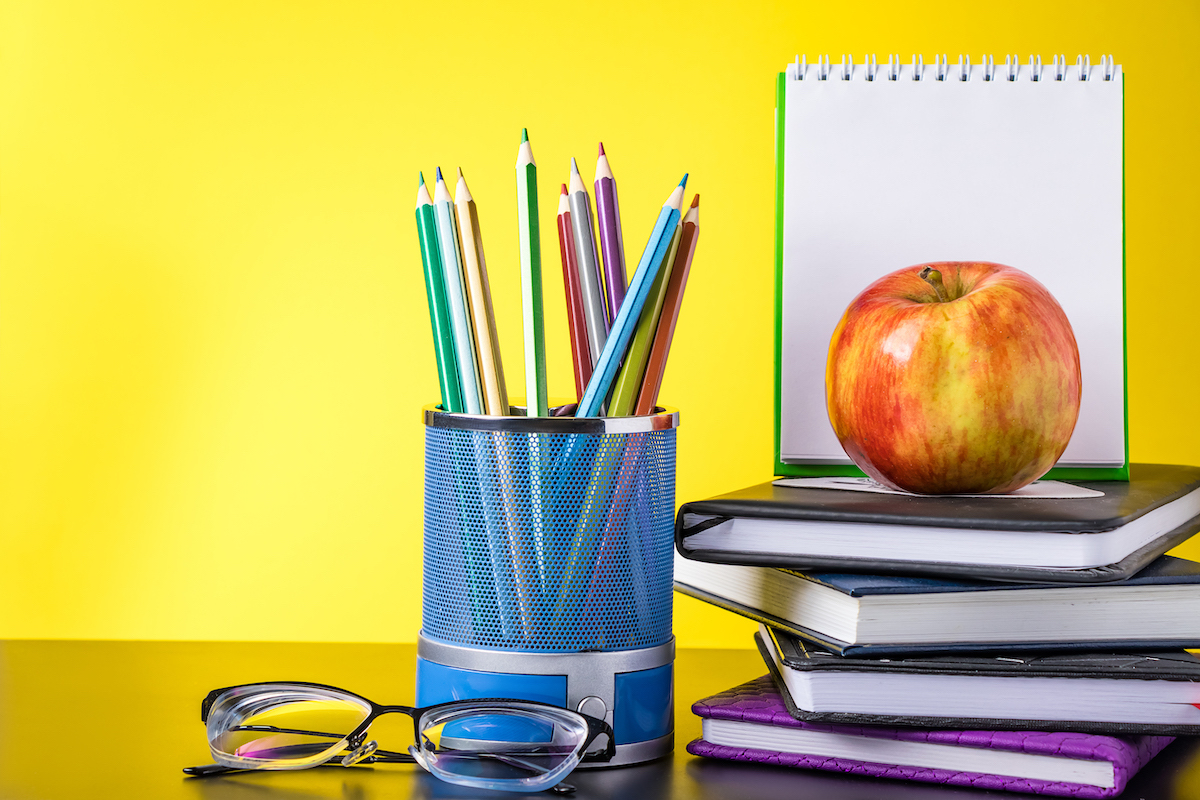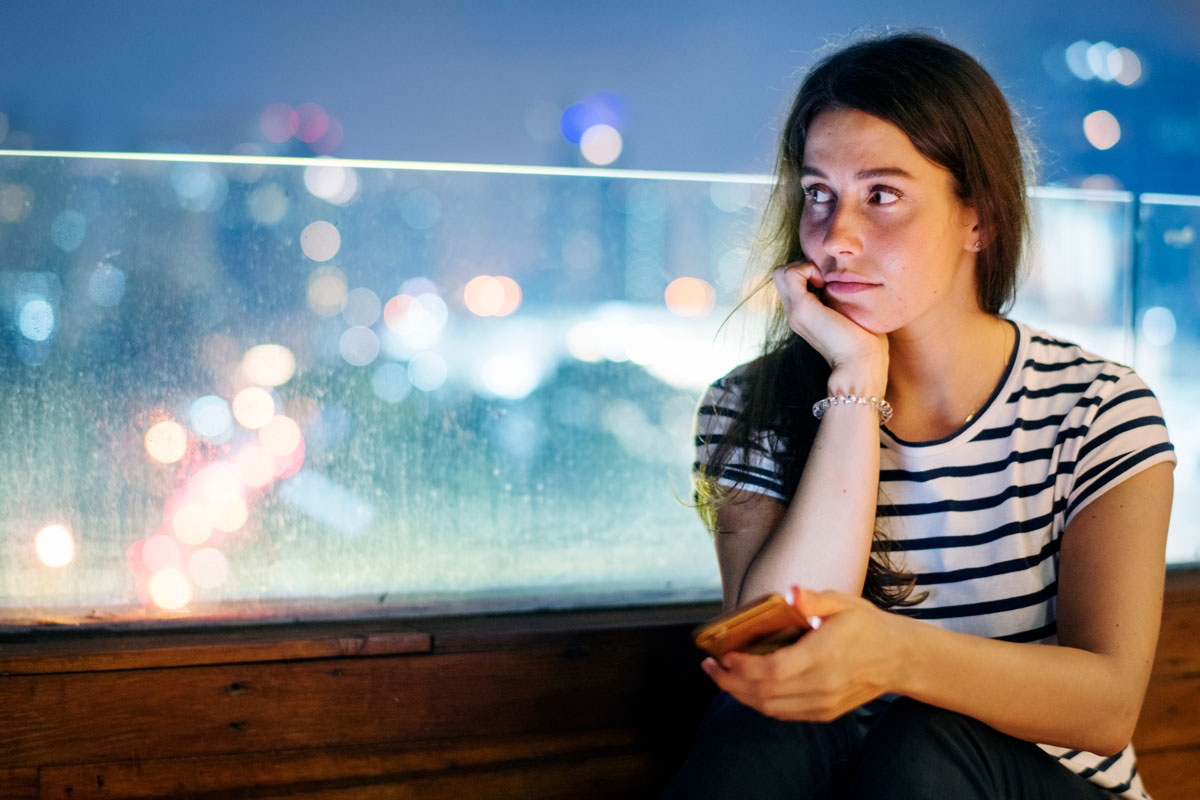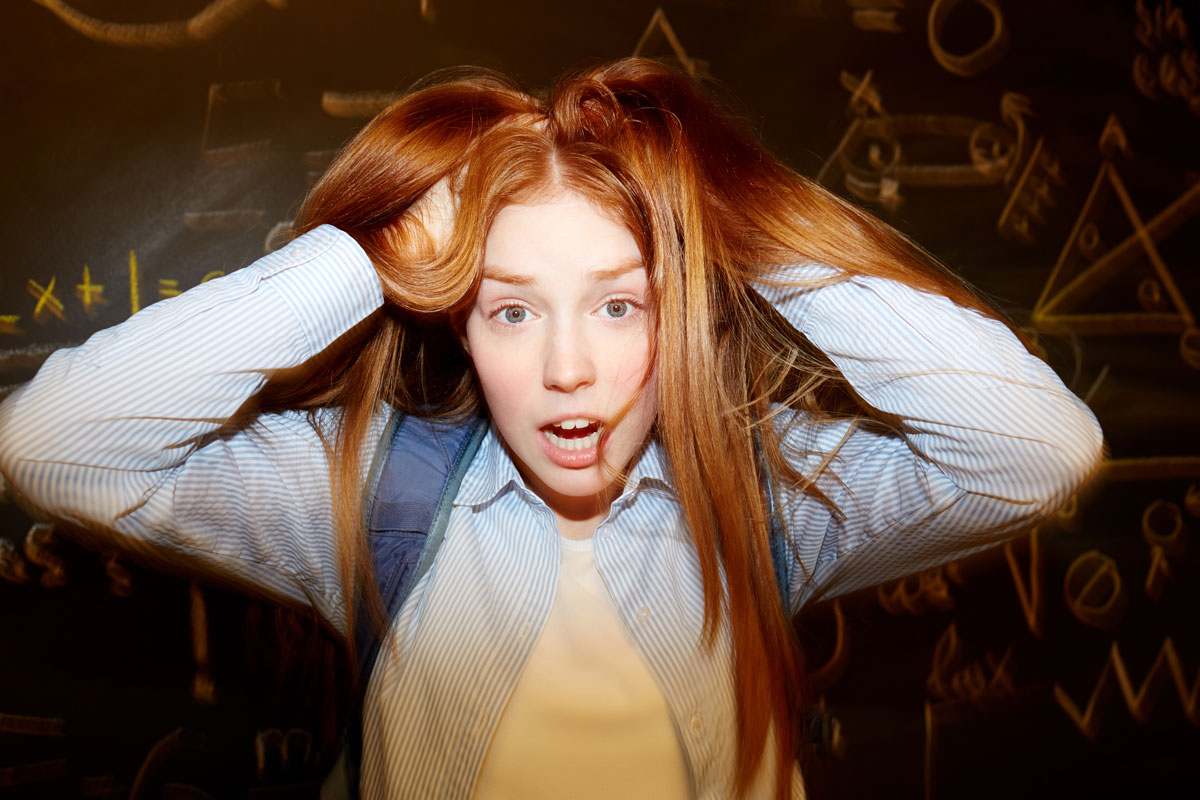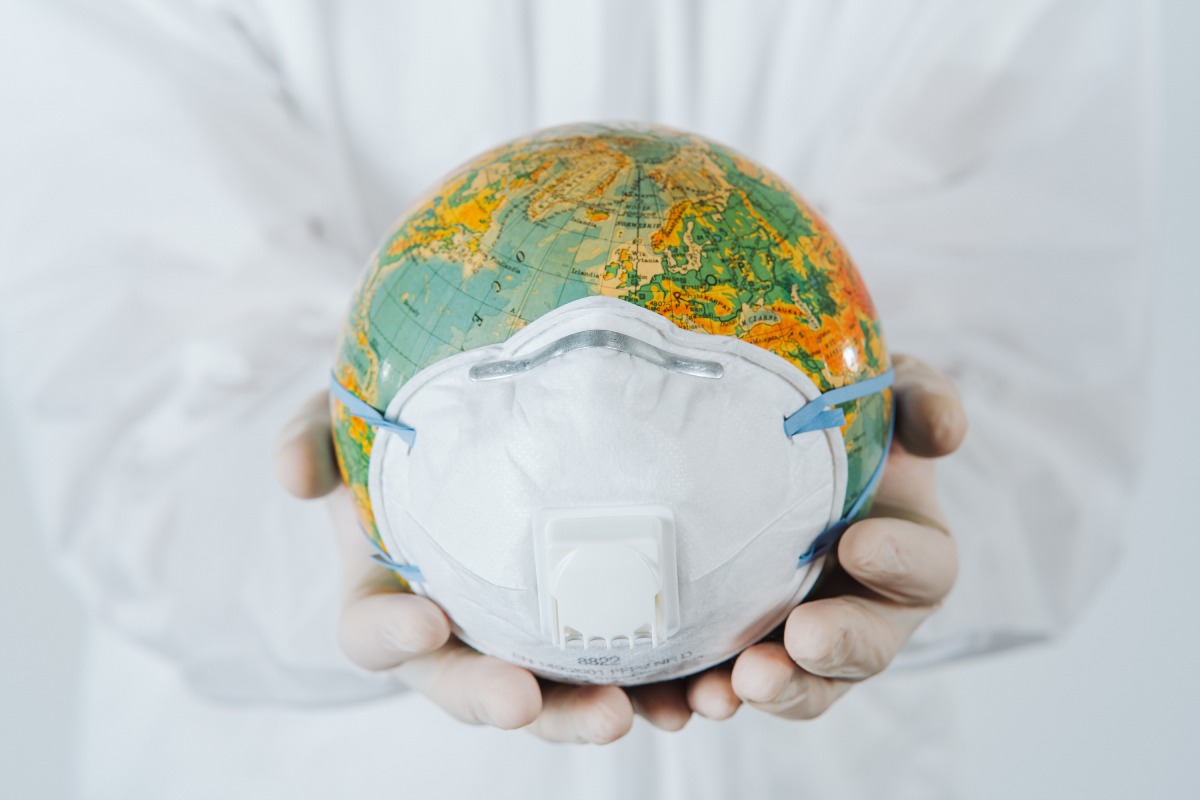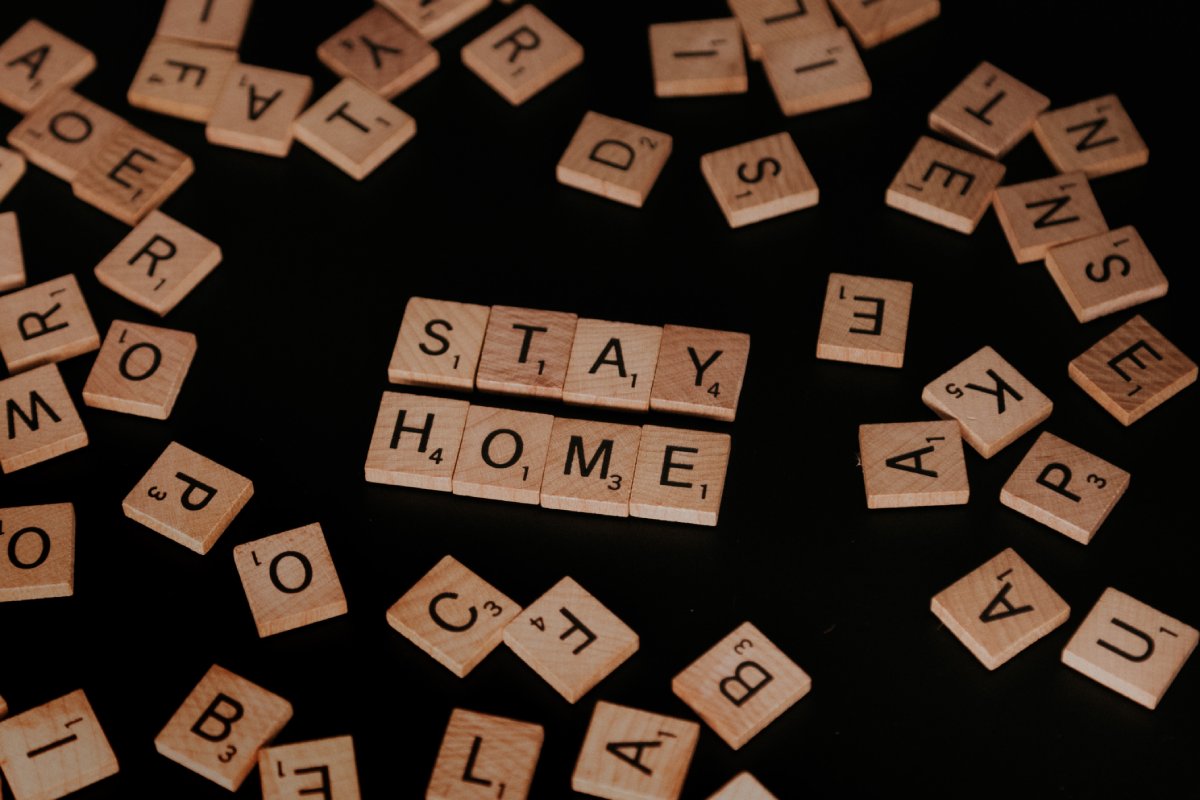Anxiety, Children, and COVID-19
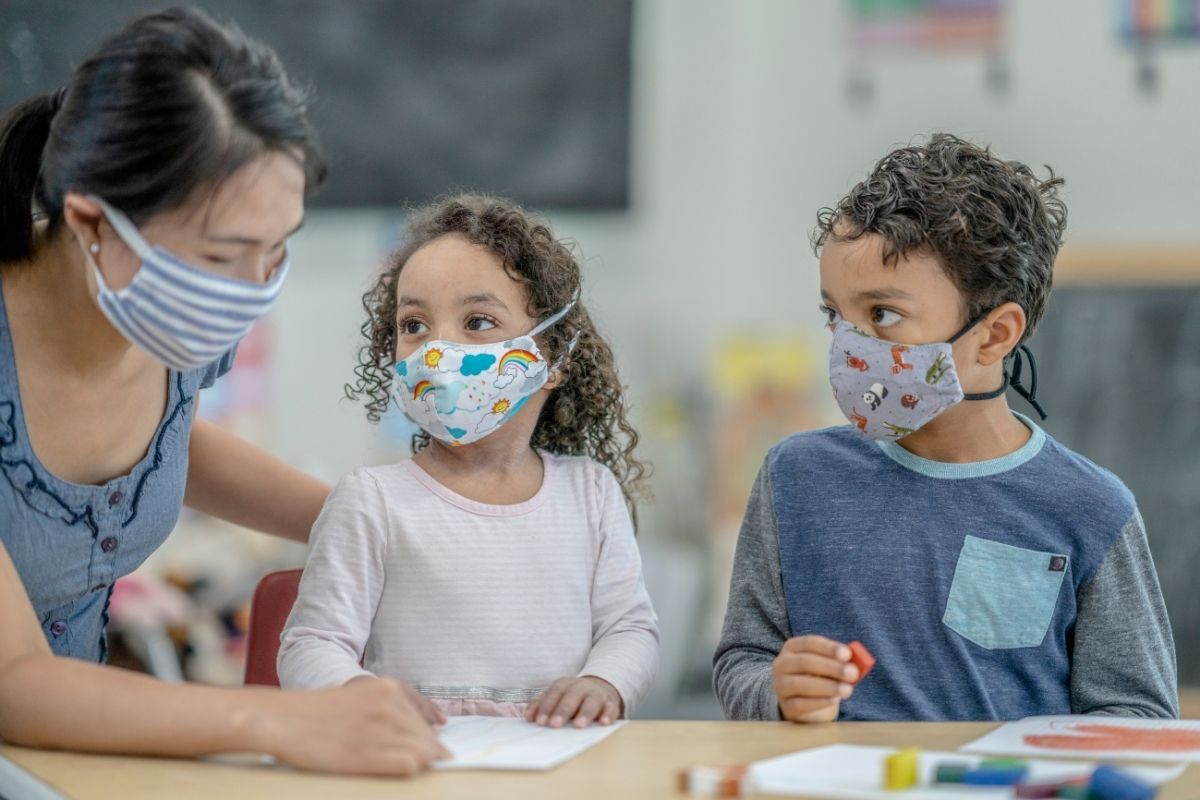
The COVID-19 pandemic has upended almost every aspect of our lives. As adults, many of us have learned to cope to some degree. Our children, on the other hand, have not been so resilient. Studies have shown that the number of suicide attempts and mental health issues has jumped dramatically over the last 18 months. In girls, suspected suicide attempts alone were up more than 30% in 2020 and more than 50% in 2021.
The Connection Between Anxiety, Children, and COVID-19
When COVID closed schools, our children were forced into a world of insecurity. Parents were stressed due to fears of losing their jobs or getting sick. Both parents and children began the e-learning process. The level of anxiety in many homes increased considerably. Parents were hit on all sides with anxiety, panic, and frustration. Everyone was in unknown territory and no one really knew what to expect next. Neither children nor their parents were immune to anxiety and depression.
E-Learning vs the Classroom
Most students thrive in the classroom. They have immediate access to the teacher and get the feedback they need in real-time. When students were forced out of the classroom and onto e-learning platforms, they lost their stable learning environment. They were made to rely on their parents, who had little to no patience when it came to going back to class with their children. Studies are now finding that e-learning has resulted in academic learning loss that is considered to be significant by many educators and healthcare providers.
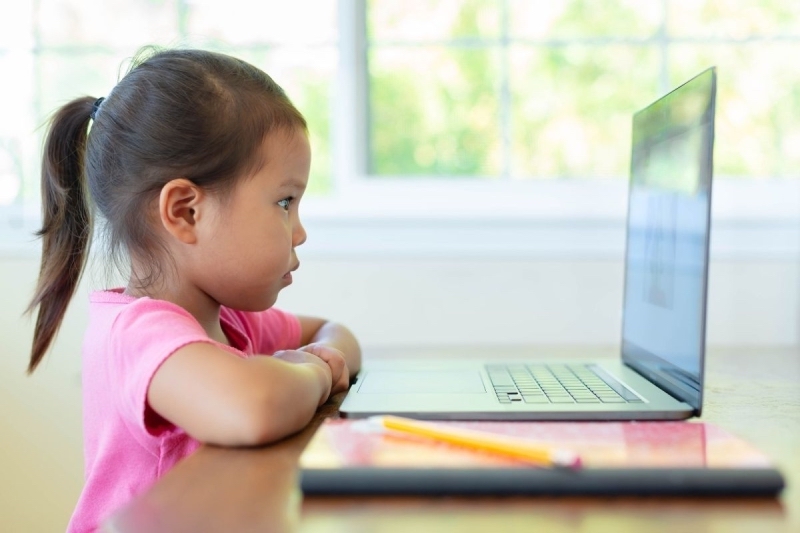
Restrictions on Socializing in a Learning Environment
Children are very social. They love to interact with their peers as well as adults. The school closures that were the result of the pandemic forced students into social isolation. Keeping students at home has disrupted their routines and also had a direct impact on their mental and emotional health. Almost 30% of parents in one study performed by the Jed Foundation claimed that their child’s mental health was worse after being forced to attend school from home. The lack of socialization resulted in children developing sleep issues and a variety of other symptoms.
Finding Ways to Help Your Child Cope
Parents who have noticed the changes in their children’s mental health are now looking for ways to help them cope. While counseling is a common option, there are other ways parents can help. Enroll a student in an athletic program or dance class. Most of these activities are less restrictive when it comes to social distancing and will allow them to get the social interaction they need and burn off stress or anxiety. Another way to help your child to cope is to develop a family exercise program. For many students, lack of physical activity may be part of the problem. It’s also beneficial to establish a solid bedtime routine that your child can rely on as a positive way to end their day eliminating stress and frustration.
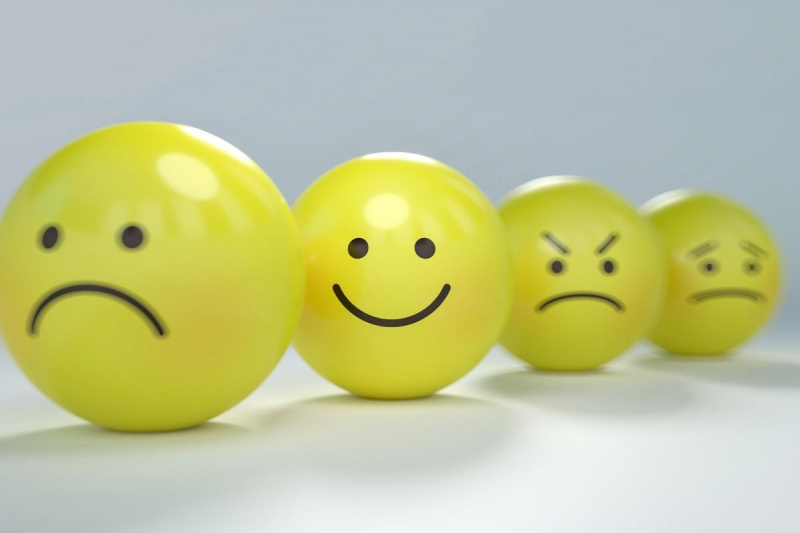
Address Their Concerns As They Arise
When parents begin to notice that their children are dealing with anxiety or depression, it’s essential that the matter is addressed as quickly as possible. While many students experience depression due to the lack of socialization, others exhibit separation anxiety when schools begin to open their doors. With more parents working from home, students began to get used to the fact that they were always close by. Returning to the classroom posed an entirely new set of problems. It’s essential that each issue be dealt with as quickly as possible to help the students maintain some semblance of stability.
As hard as it has been on the children, it has been just as hard for parents who watched their children struggle. Many parents have been able to help their children cope with the challenges they have faced by using their own skills. Meditation, deep breathing, and even yoga can help a child remain in balance. The key is maintaining a positive relationship with your child and keeping the lines of communication open.
This article is available and can be accessed in Spanish here.
pewtrusts.org/ – COVID Harmed Kids’ Mental Health – And Schools Are Feeling It
jamanetwork.com/ – Global Prevalence of Depressive and Anxiety Symptoms in Children and Adolescents During COVID-19
cnbc.com/ – Virtual School Resulted in ‘Significant’ Academic Learning Loss, Study Finds
jedfoundation.org/ – National Survey: Youth Well-Being During COVID-19
nytimes.com/ – Doubts, Anger and Anxiety: What It’s Like to Go to School Now
kff.org/ – Mental Health and Substance Use Considerations Among Children During the COVID-19 Pandemic
luriechildrens.org/ – Children’s Mental Health During the COVID-19 Pandemic
unicef.org/ – Impact of COVID-19 on Poor Mental Health in Children and Young People ‘Tip of the Iceberg’
sunshinebehavioralhealth.com/ – Non-12-Step Rehab Programs


